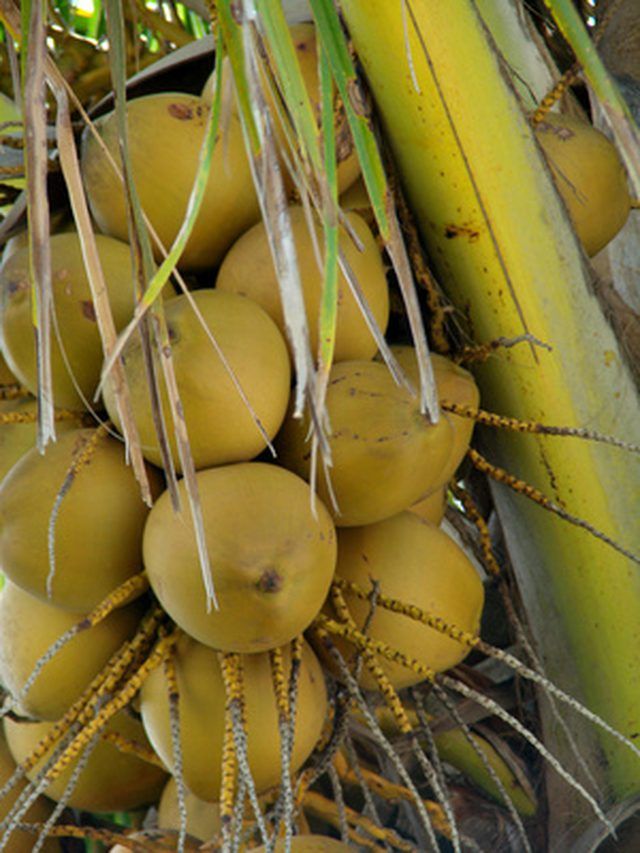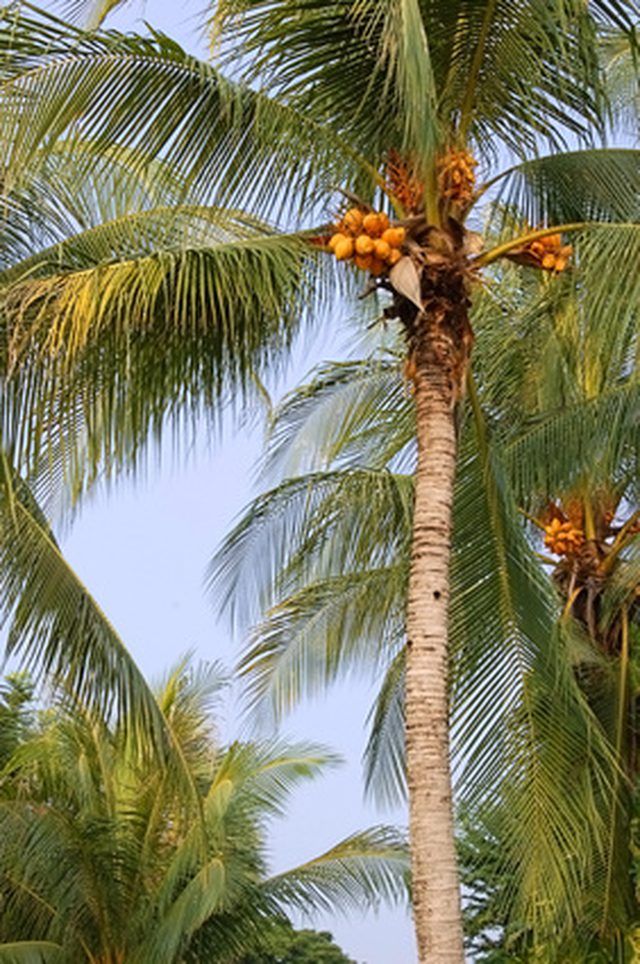Bulbs
Flower Basics
Flower Beds & Specialty Gardens
Flower Garden
Garden Furniture
Garden Gnomes
Garden Seeds
Garden Sheds
Garden Statues
Garden Tools & Supplies
Gardening Basics
Green & Organic
Groundcovers & Vines
Growing Annuals
Growing Basil
Growing Beans
Growing Berries
Growing Blueberries
Growing Cactus
Growing Corn
Growing Cotton
Growing Edibles
Growing Flowers
Growing Garlic
Growing Grapes
Growing Grass
Growing Herbs
Growing Jasmine
Growing Mint
Growing Mushrooms
Orchids
Growing Peanuts
Growing Perennials
Growing Plants
Growing Rosemary
Growing Roses
Growing Strawberries
Growing Sunflowers
Growing Thyme
Growing Tomatoes
Growing Tulips
Growing Vegetables
Herb Basics
Herb Garden
Indoor Growing
Landscaping Basics
Landscaping Patios
Landscaping Plants
Landscaping Shrubs
Landscaping Trees
Landscaping Walks & Pathways
Lawn Basics
Lawn Maintenance
Lawn Mowers
Lawn Ornaments
Lawn Planting
Lawn Tools
Outdoor Growing
Overall Landscape Planning
Pests, Weeds & Problems
Plant Basics
Rock Garden
Rose Garden
Shrubs
Soil
Specialty Gardens
Trees
Vegetable Garden
Yard Maintenance
Coconut Palm Tree Root Facts
Coconut Palm Tree Root Facts. Coconut palm trees produce roots that grow just below the surface in a fibrous mass from the tree’s base, reaching out distances that are as far as the tree is tall. The shallow root system, lack of a tap root and the palm tree’s preference for sandy soils make it susceptible for being easily uprooted.

Coconut palm trees produce roots that grow just below the surface in a fibrous mass from the tree’s base, reaching out distances that are as far as the tree is tall. The shallow root system, lack of a tap root and the palm tree’s preference for sandy soils make it susceptible for being easily uprooted.
Fundamentals
Coconut palm trees grow throughout the tropics, producing large trees for landscape use, palm fronds for decorative uses and coconuts for fruit and oil. The trees thrive in sandy soils with high humidity, warm temperatures, bright sunshine and regular rainfall. Coconut palms grow on or near shorelines so their shallow root system has access to water, according to Blue Planet Biomes. The trees can tolerate salt water.

Root System
The coconut palm root system consists of an abundance of thin roots that grow outward from the plant near the surface, according to Ikisan Agricultural Information of India. Only a few of the roots penetrate deep into the soil for stability. The type of root system is known as fibrous or adventitious, and is a characteristic of grass species. Other types of large trees produce a single downward-growing tap root with a few feeder roots growing from it.
Coconut palms continue to produce roots from the base of the stem throughout its life, according to the Ikisan website. The number of roots produced depends on the age of the tree and the environment, with more than 3,600 roots possible on a tree that’s 60 to 70 years old.
Roots are usually less about 3 inches in diameter and uniformly thick from the tree trunk to the root tip.
Characteristics
Some varieties of coconut palm can grow to 80 feet in height. Others, such as the dwarf palm, grow smaller trunks but longer leaves, according to Blue Planet Biomes. Coconut palms mature in a year or two, producing as many as 50 nuts each year.
The palms grow in tropical areas of Africa, Asia, Central America, South America and on Pacific islands. In the United States, they grow in Hawaii, Puerto Rico, the U.S. Virgin Islands and the southern-most parts of Florida.
Considerations
Most chemicals damage or kill sensitive coconut palm root systems, according to AmbergrisCaye.com. Any chemicals, including concrete, should not be used near coconut palms. If planted too close to sidewalks or pavement, the trees may die.
Cultivation
Coconut palms grow only from the coconuts they produce, not from cuttings or grafting. The nuts are ready to be planted when they make a "sloshing" sound when shaken. Nuts should be placed on their sides and buried to about half their thickness in sand or mulch. The seeds germinate best in temperatures from 90 to 100 degrees Fahrenheit. Roots and shoots will emerge through either the side or one end of the nut, according to the extension service. After about six months, young trees can be transplanted into yards and gardens or into larger pots. Their shallow fibrous root system makes them easy to transplant.